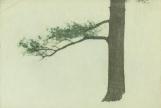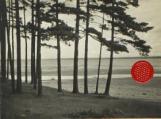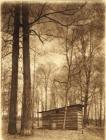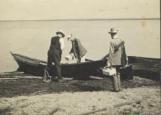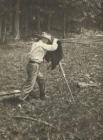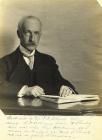14
"The Oat Field" represents the beginning in 1898, of Macnamara's successful use of photography as an artistic means of expression.16
The December 1905 issue of Photography Magazine contains an article about gum bi-chromate printing. Two years later, Charles described his own modified method of the multiple gum-bichromate process at the request of the Library of Congress. 1905 was the first year that Macnamara exhibited three gum bichromate prints at the Ottawa Photographic Art Club. Five years earlier he had written to the J. Woolnough of the Toronto Camera Club about rules for their 10th annual exhibit but he didn't send in any entries. In 1905, he pointed out in correspondence to H. Mortimer-Lamb (Photograms of The Year 1905) that the "results in gum printing are uncertain and every satisfactory print represents a great deal of work". Mortimer-Lamb had singled out Charles' ability to capture "a pictorial idea happily conceived and more or less successfully executed", from other members of the Ottawa Photographic Art Club that year. He was critical of the work submitted by the Ottawa and Montreal clubs except for Macnamara's work. He stated that, "A picture is not a picture if it does not possess that indefinable subtle something, called feeling or sentiment, and suggestive of the individuality of the artist."18
By 1908, Charles Macnamara was experimenting with minimalism and asymmetry. Merry Foresta of the National Museum of American Art, defined the qualities of pictorialism in an interview for a television program about American Photography, "The pictorialist photographs looked like art, quite literally. They looked like paintings. They looked like drawings. They looked like beautiful, rich prints. They were meant to have chiaroscuro, they were meant to have darkness, they were meant to have a kind of sketchiness"."The Pine Branch" is a beautifully executed gum print on heavily textured paper that perfectly matches her description of pictorialist photography. In 1909, "The Pine Branch" was exhibited in Ottawa followed by Montreal in 1910.

